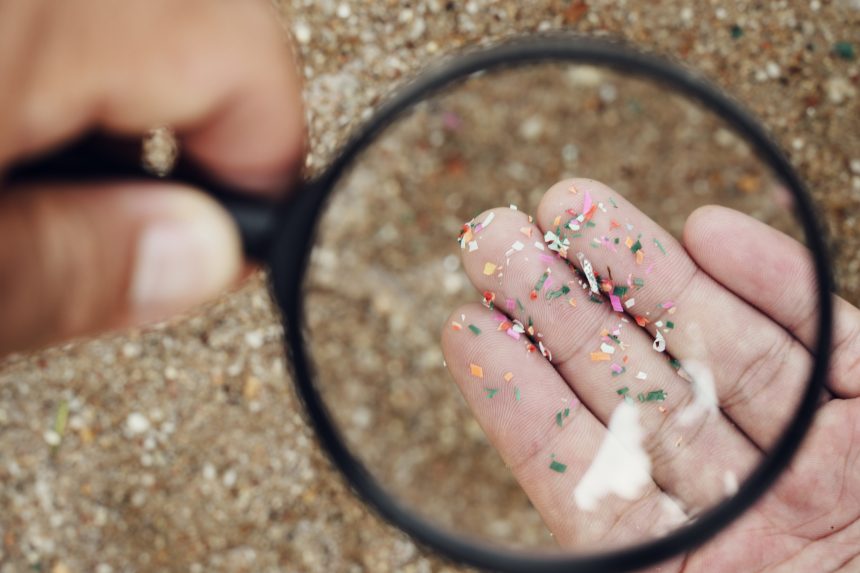Recent research has illuminated a grave concern: the infiltration of microplastics into burial sites dating back to the Roman and Viking epochs. This finding has ignited alarm among both historians and environmentalists, highlighting a dire consequence of contemporary pollution – the potential obliteration of vital segments of human heritage. Microplastics, by seeping into the soil, endanger not just the ecological balance and living beings but also the integrity of priceless archaeological treasures that have withstood the test of time.
The Encroachment of Present-Day Pollutants on Age-Old Sanctuaries
The presence of microplastics within the sacred confines of ancient burial sites is a glaring testament to the ubiquitous and stealthy nature of this pollutant. These minuscule particles, born from the degradation of larger plastic refuse, are notorious for contaminating ecosystems worldwide. Their discovery within the final resting places of civilizations long past underscores a sobering truth: the indelible mark of our plastic dependency spares no part of our planet, irrespective of its historical or geographical significance.
A Chemical Onslaught Threatening Historical Integrity
Microplastics pose a threat that goes beyond their physical intrusion; their chemical makeup has the potential to jeopardize the preservation of archaeological sites. The complex composition of many plastics, replete with potentially detrimental additives, poses a risk to the organic components of historical sites, from artifacts to human remains. The breakdown of these materials releases substances that may disrupt the soil chemistry, fostering an environment hostile to the conservation of age-old relics.
The Challenge Posed to Archaeology and Heritage Preservation
The seepage of microplastics and their chemical byproducts into sites of ancient repose presents a formidable obstacle to the fields of archaeology and heritage conservation. The gradual decay of artifacts and biological specimens, cornerstones for understanding historical narratives, now faces accelerated degradation. This erosion of the physical links to our ancestors complicates efforts to safeguard and study our collective past, calling for innovative preservation methodologies resistant to the ravages of modern pollutants.
Mobilizing for the Protection of Environmental and Historical Assets
The detection of microplastics within venerable burial grounds is a stark call to action, urging a collective response to stem the tide of plastic pollution. It accentuates the imperative for immediate measures to curtail plastic usage, enhance waste management strategies, and propel the development of environmentally benign alternatives. Moreover, this crisis underscores the critical need for collaborative endeavors among archaeologists, ecologists, and policymakers to devise protective measures for our planet’s historical and environmental heritage.
Safeguarding Our Historical Tapestry for Posterity
The encroachment of microplastics into the repositories of our ancestral heritage serves as a grim reminder of the unintended legacy of contemporary lifestyle practices. It behooves us, as stewards of the Earth and its rich history, to undertake swift and determined actions to mitigate plastic pollution, ensuring the preservation of tangible links to our past for future generations. The battle against microplastics is not merely an environmental crusade but a fervent effort to preserve the intricate mosaic of human history that spans millennia.







